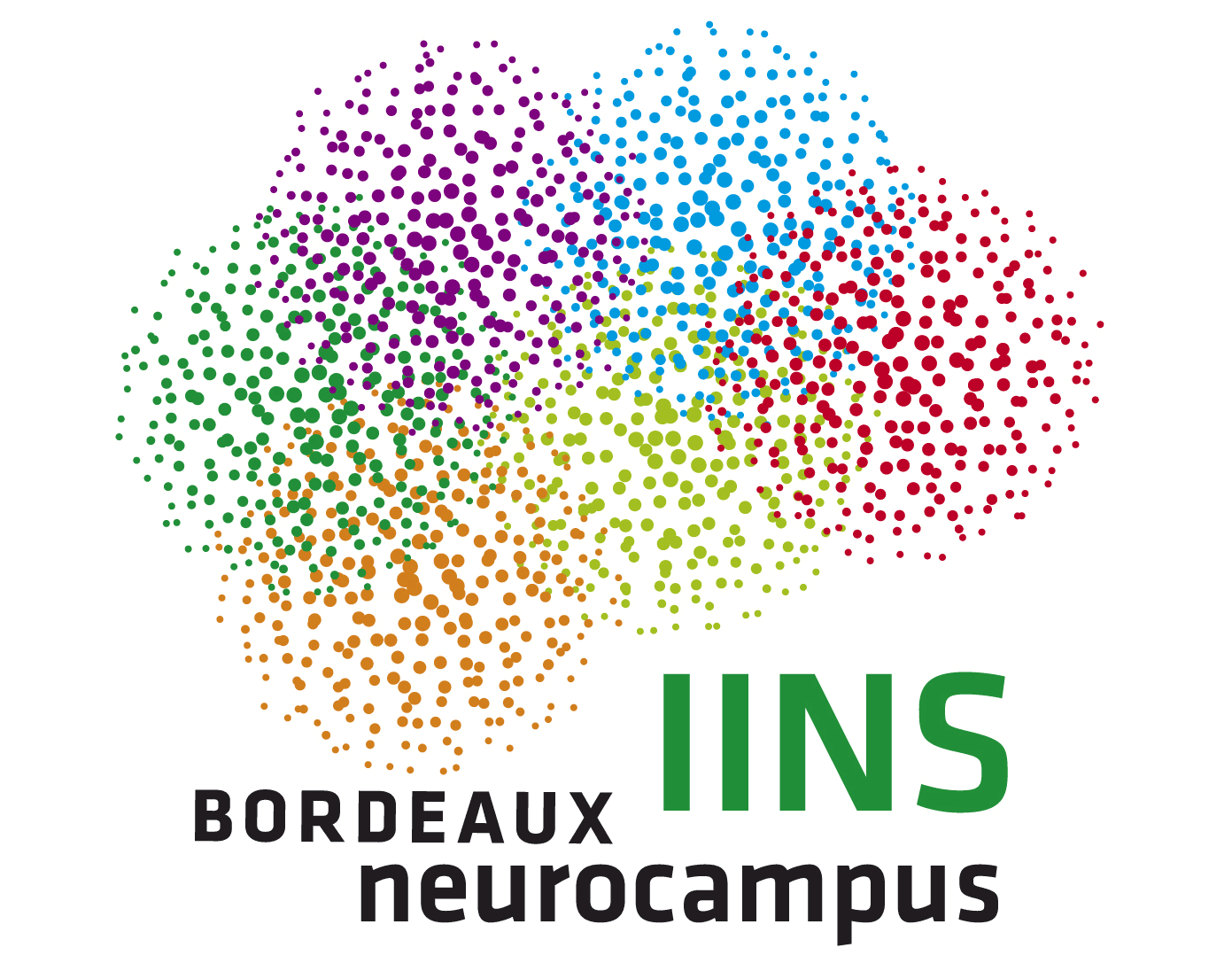Choquet team
The team develops several research topics, combining neuroscience, imaging, chemistry and protein
engineering in order to unravel the dynamics and nanoscale organization of multimolecular receptor
complexes and their functional role in glutamatergic synaptic transmission. We develop 3 main
research axes to understand the interplay between AMPA type glutamate receptor nanoscale
dynamics, synaptic plasticity and memory formation in the healthy and diseased brain: 1) dynamics
and physical-chemistry of the macro-molecular complexes of the synapse, 2) nano-scale organization
and dynamics of synaptic proteins and membrane trafficking, 3) impact of the dynamic of synapse
organization on synaptic physiology.
Groc team
We specifically investigated the trafficking and function of the NMDA receptor (NMDAR), as well as dopamine receptors, since their physiological activity is central for the maturation of networks, synaptic plasticity, learning and memory, and is currently one of the most studied targets for neuropsychiatric disorders. Indeed, a deficit in NMDAR signaling in the brain is currently proposed as the core molecular dysfunction of brain circuits in psychotic disorders. The team contribution to the field has been to demonstrate that i) these receptors are highly dynamic at the surface of neurons, ii) the dynamics is regulated by intracellular, transmembrane, and extracellular interactors, iii) their dynamics is essential for activity- and hormone-dependent synaptic plasticity and associative memory, and iv) this surface dynamics is strongly dysregulated in psychotic disorders (e.g. autoantibodies). Our discoveries were possible thanks to interdisciplinary efforts, in which for instance we developed single nanoparticle tracking in live brain tissue to define receptor behavior and the extracellular space ex vivo.
Naegerl team
The team develops and applies advanced super-resolution microscopy approaches to study the
molecular and cellular mechanisms of cell-to-cell communication and its dynamics in the mammalian
brain, using the mouse as a model system. Notably, we invented super-resolution shadow imaging
(SUSHI) to visualize the extracellular space of the brain in the living state.
Sibarita team
It is an interdisciplinary team composed of physicists, computer scientists and bioengineers having a strong interest in biology. The team is developing cutting edge quantitative imaging and analysis techniques to decipher protein organization and dynamics with high spatial and temporal resolution and high content screening context. Recent developments include analysis software for single molecule-based super-resolution microscopy (SMLM), innovative single objective light-sheet microscopy, SMLM-based high content screening platform and correlative STED-SMLM super-resolution platform. The Quantitative Imaging of the Cell has an important academic and industrial transfer technology activity.
Giannone team
Our goal is to decipher at the molecular level the spatiotemporal and mechanical mechanisms controlling the architecture and dynamics of motile structures. Exploration of these new dimensions requires an innovative and multidisciplinary approach combining cell biology, biophysics, biomechanics, super-resolution microscopy, single protein tracking and quantitative image analysis.
Studer team
This team is a joint research lab between IINS and the company Alvéole (www.alveolelab.com). By joining their research efforts in a joint research laboratory (JRL), Alvéole and IINS expect to become key players in the development of human in vitro models for fundamental research, disease modeling and drug testing. The team develops instruments and methods to prototype and image advanced in vitro cellular models.
Perrais team
The team studies the nanostructure of exocytosis and endocytosis sites at synapses, the cellular and molecular mechanisms of endocytosis. We extend the topic to diverse synapse types (glutamate, dopamine…) and how these processes are affected in early stages of neurodegenerative diseases (synucleinopathies). We develop new probes (pH sensors) to detect exo- and endocytosis events at the highest resolution possible. We also develop fluorescence-based strategies to purify synaptosomes for cellular and molecular omics analyses.
Thoumine team
The team investigates then mechanisms of synapse assembly in neuronal culture systems with a focus on the role of adhesion molecules, using a combination of experimental approaches ranging from single molecule imaging to optogenetics and electrophysiology. Recent developments include the design of small fluorescent probes for super- resolution imaging of synaptic adhesion molecules (Chamma et al., Nat Comms 2016), the release of a simulator of single molecule dynamics for fluorescence live-cell imaging (Lagardère et al., Sci Reports, in press), and the optogenetic stimulation of phosphotyrosine pathways for the control of synapse differentiation (Letellier et al., eLife 2020).
